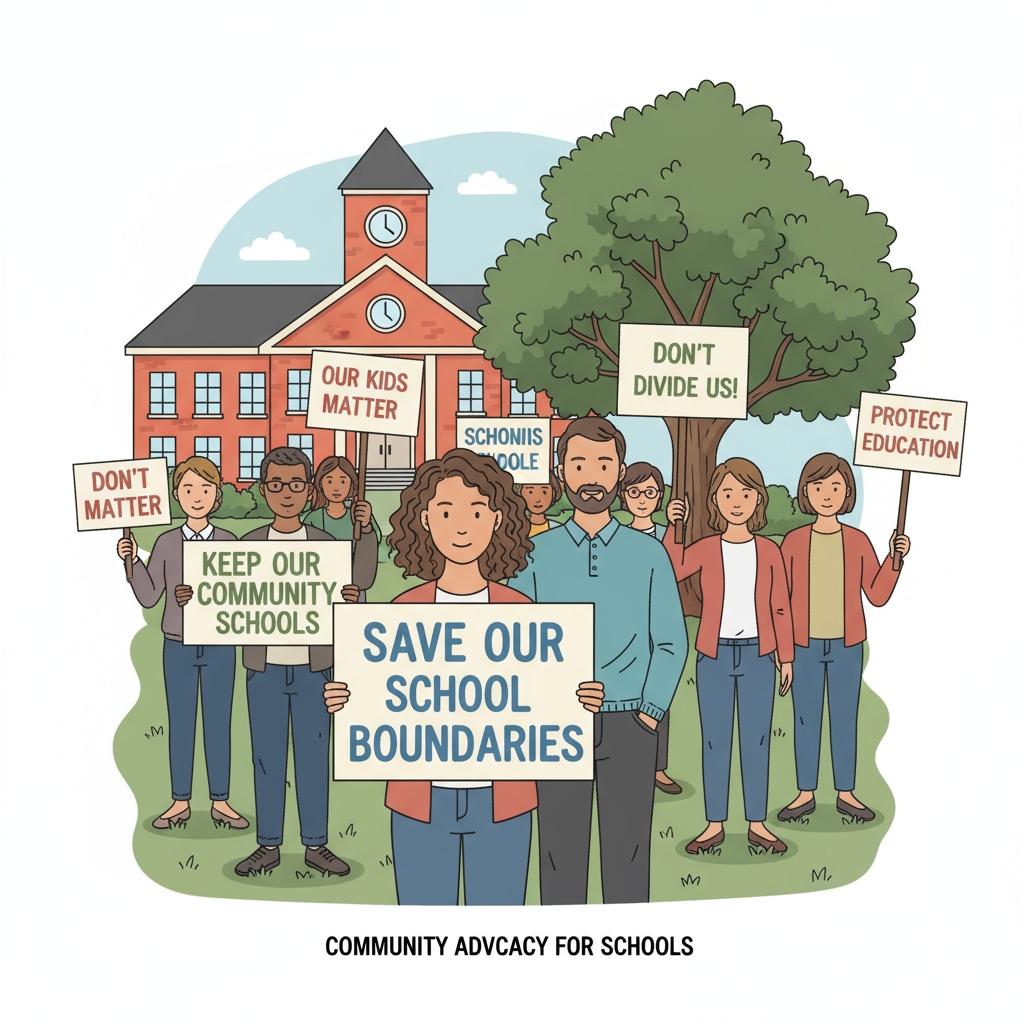School district boundaries, petitions, and planning are at the heart of a significant issue in the West Prairie Unified School District. A proposal to redraw the school district boundaries has sent shockwaves through the community, leading to an impassioned petition campaign by parents. This isn’t just a simple administrative change; it touches on the very essence of educational equity and the future of students in the area.

The Catalyst for Change: The Boundary Redrawing Proposal
The boundary redrawing proposal in the West Prairie Unified School District was put forward as a part of broader educational planning efforts. The district administration cited factors such as population growth, changes in housing patterns, and the need to balance student enrollment across schools. For example, some schools were facing overcrowding, while others had excess capacity. However, what seemed like a logical administrative decision on paper had unforeseen consequences for the community.
The Community’s Outcry: The Power of Petitions
Parents in the community were quick to oppose the proposal, and they turned to petitions as a means of expressing their dissent. The petitions became a powerful tool for them to voice their concerns about the potential negative impacts on their children’s education. Many parents worried that the new boundaries would force their kids to travel longer distances to school, disrupt established friendships and educational support systems. As a result, they banded together to gather signatures, demanding that the district administration reconsider the proposal.

The petitions also served as a way to bring the community together. Neighbors who may not have interacted much before were now united in their cause to protect the educational interests of their children. This sense of community cohesion was a significant byproduct of the petition campaign. In addition, the petitions caught the attention of local media, further amplifying the community’s voice.
The Complexities Behind School District Boundary Planning
School district boundary planning is a multifaceted process that involves more than just drawing lines on a map. There are demographic, economic, and social factors at play. According to Education Week, demographic changes, such as an influx of new families or an aging population, can significantly impact school enrollment. Economic factors, like the development of new housing areas or the decline of certain neighborhoods, also influence boundary decisions. Social factors, including community values and the desire to maintain neighborhood schools, add another layer of complexity.
In the case of West Prairie Unified School District, the administration had to balance the need to optimize resources and ensure equal educational opportunities with the concerns of the community. However, the lack of sufficient community engagement in the initial planning stages led to the current conflict. As Britannica states, community involvement is crucial in educational decision-making to ensure that policies reflect the needs and values of the people they serve.
The Importance of Community Engagement in Educational Decision-Making
This incident in West Prairie highlights the significance of community engagement in educational decision-making. When communities are involved from the start, they can provide valuable insights and perspectives that administrators may overlook. For instance, parents who are actively involved in their children’s education often have a better understanding of the local context and the specific needs of the students.
In addition, community engagement can lead to more effective implementation of educational policies. When the community feels that their voices are heard and their concerns are addressed, they are more likely to support and cooperate with the district administration. This can result in a more harmonious educational environment for students.
Readability guidance: This article uses short paragraphs and lists to summarize key points. Each H2 section provides relevant details. The passive voice and long sentences are kept to a minimum, and transition words are used throughout to enhance readability. The importance of school district boundaries, petitions, and planning is explored from various angles to present a comprehensive view of the issue.


